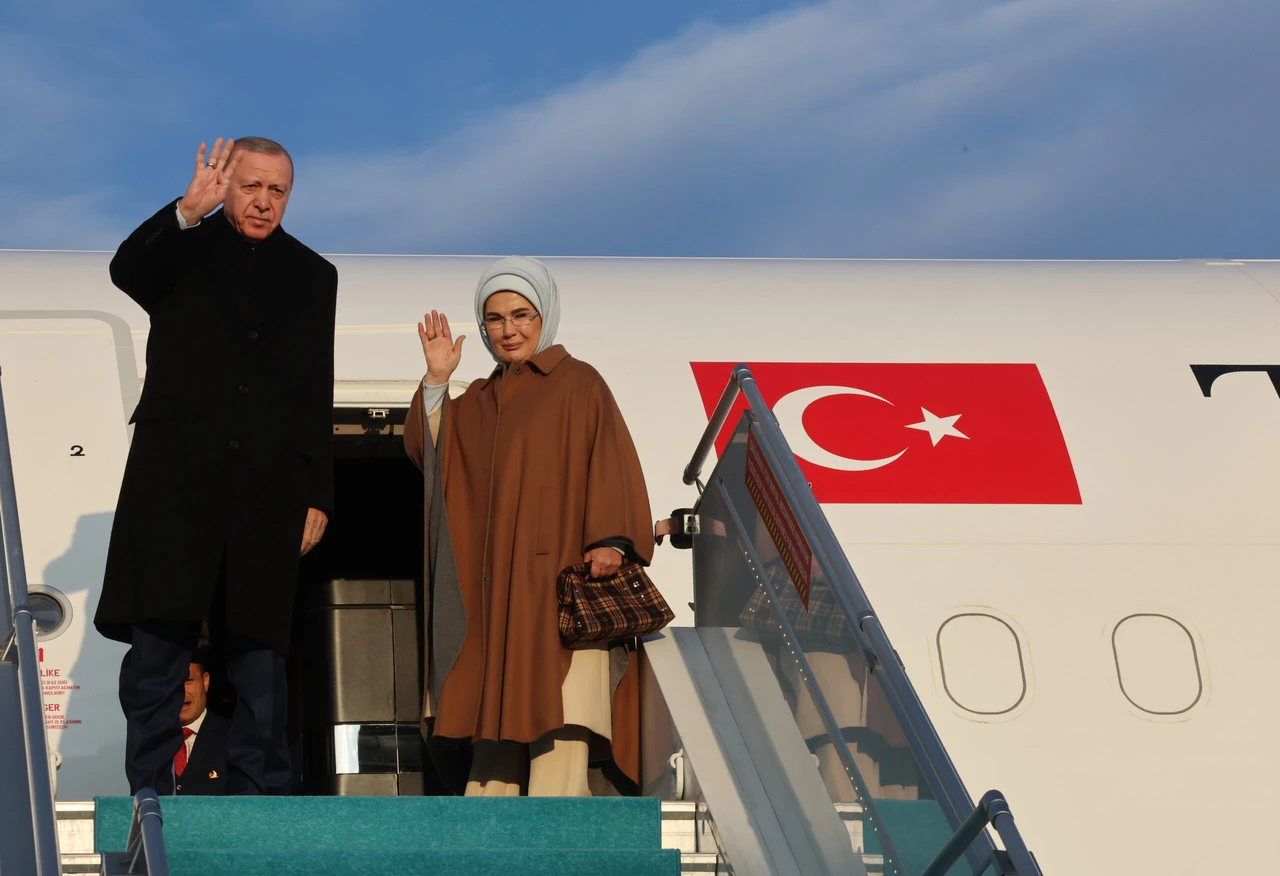Post-earthquake reconstruction shows remarkable progress
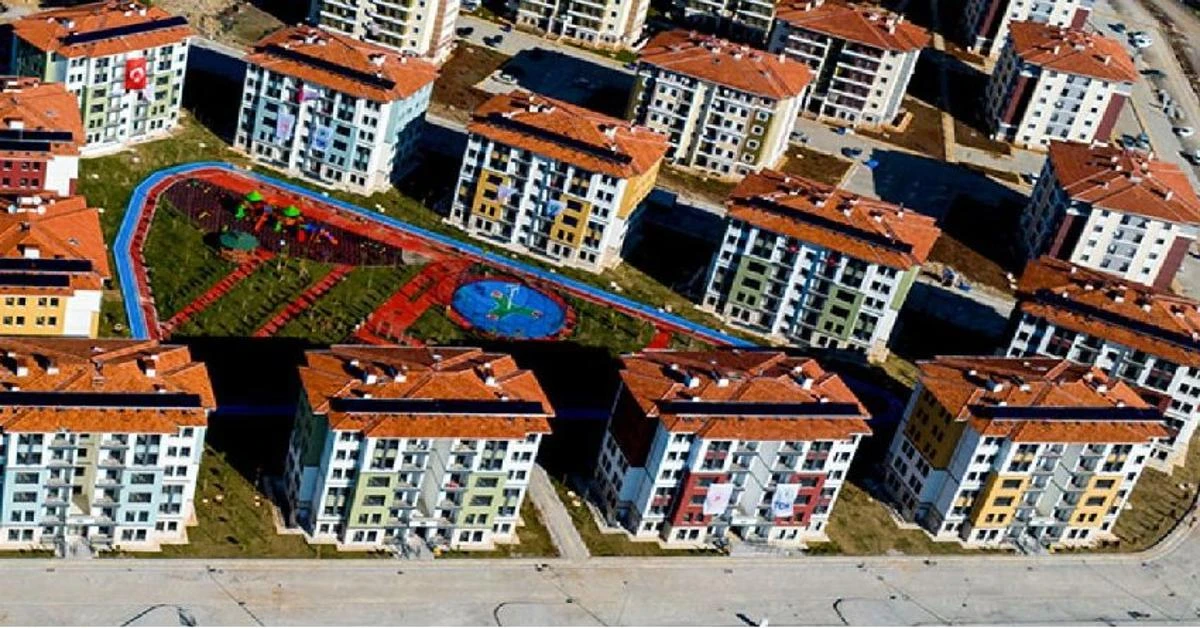
A year after the earthquakes in Pazarcik, Elbistan, and Kahramanmaras, extensive rehabilitation and reconstruction efforts by the state have led to the construction of numerous homes, workplaces and social facilities in the region
More than 50,000 people lost their lives in the earthquakes that affected 11 provinces and were described as the disaster of the century. Despite a year having passed, the pain remains as raw as it was on the first day. Those who chose to remain in the region are bravely navigating the journey of healing their wounds. The state has mobilized all available resources to assist in the recovery efforts.
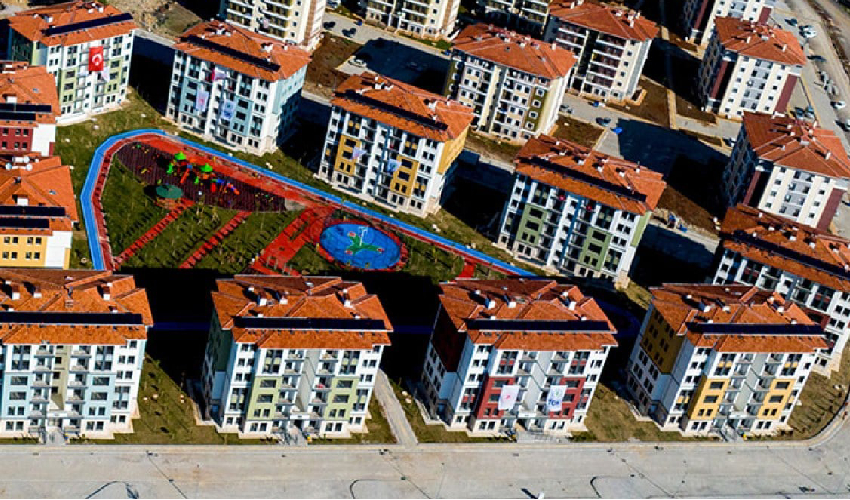
What was accomplished in 1 year?
In Gaziantep, approximately 25,700 houses were put out for tender and over 2,000 houses have been constructed. Within the next month, 10,000 houses are set to be completed and delivered.
An estimated 26,000 buildings have collapsed, been urgently demolished, or suffered heavy to moderate damage. The demolition rate for heavily damaged buildings has now reached 75%, signifying significant progress in the recovery efforts. The ongoing process of demolishing houses and similar structures affected by the earthquakes continues in the city.
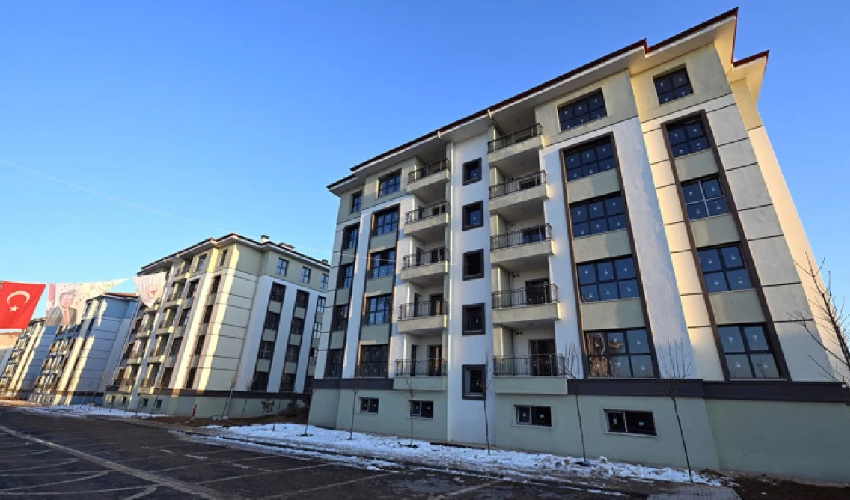
On-site transformation initiatives have successfully been implemented for 13,000 individuals, with grants and loans totaling over 8 million liras ($261,762) provided to support these citizens in rebuilding their lives. The removal of wreckage from around 11,000 buildings has been completed. Property ownership surveys are also nearing completion, aiding in the effective planning and reconstruction efforts in the affected areas.
Since April, a total of TL 483 million in rent payments have been distributed to 32,600 citizens. Additionally, in Nurdagi and Islahiye, 133 trading houses have been completed and delivered, while 86 lots have been allocated. The construction of 203 trading houses is also under way.
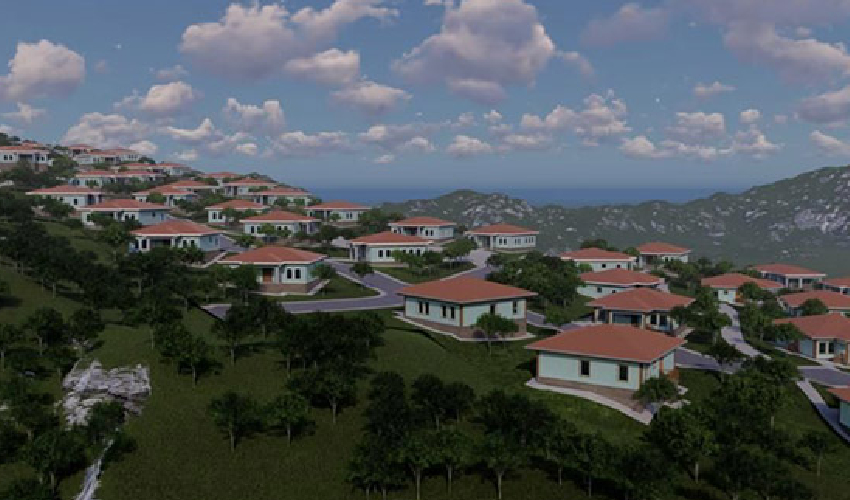
Arpaderesi Permanent Village Houses have been constructed in the Arsuz district of Hatay. These single-story houses also have gardens.
Additionally, Hatay Research Hospital has been inaugurated. Spanning an area of 129,000 square meters, it boasts a total capacity of 550 beds and is equipped with 1 helipad. The hospital also includes 12 operating rooms, 76 outpatient clinics, 2 angio units, 2 MRI machines, 13 X-ray devices, and state-of-the-art medical technologies and advanced facilities.
1 year in figures
Around 215,195 containers were set up across 414 container cities, each equipped with infrastructure, security services and social facilities.
Resources were provided to earthquake-affected citizens in various forms, including rental assistance, support payments, real estate aid, evacuation support, and demolition support.
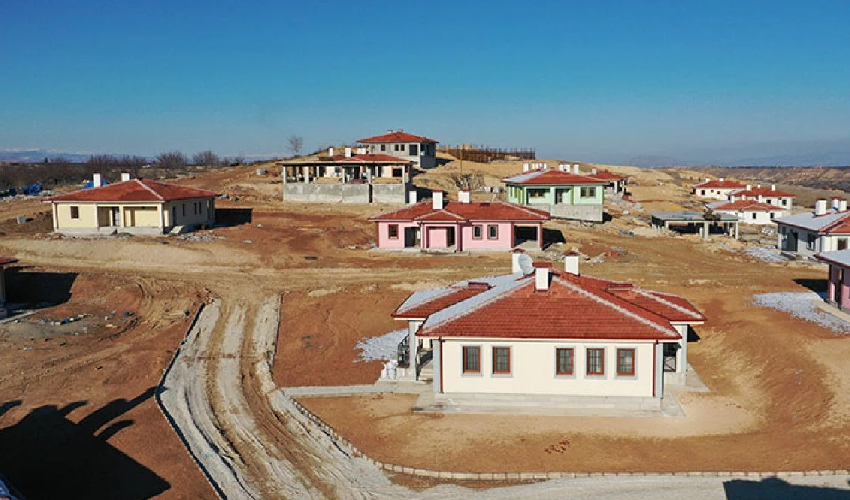
Construction works in the disaster area
The construction of 307,000 homes in city centers and villages has commenced. On-site transformation projects will include a grant and loan of TL 750,000 for houses and village houses, a grant of TL 750,000, and a loan of TL 1 million. Additionally, workplaces can access a grant of TL 400,000 and a loan of TL 400,000, with a two-year grace period and a 10-year interest-free repayment term.
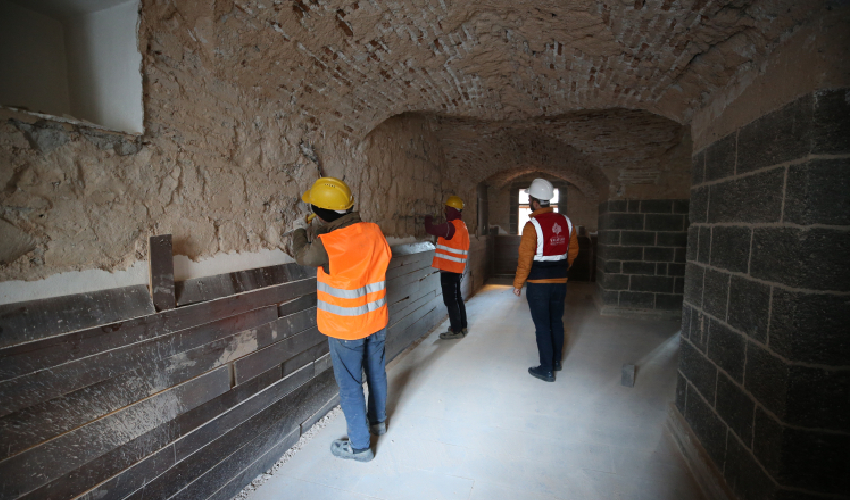
Infrastructure support includes a loan agreement with the Ministry of Transport and Infrastructure and the World Bank, providing TL 51 billion in financing. Furthermore, the General Directorate of Highways invested TL 6.3 billion in 2023 for roads affected by the earthquake.
The Ministry of Culture and Tourism has identified 8,500 registered cultural assets in 11 provinces affected by the earthquake, with 678 foundation cultural assets identified as damaged. Restoration has commenced for 171 of these while tender works for 29 others are ongoing.
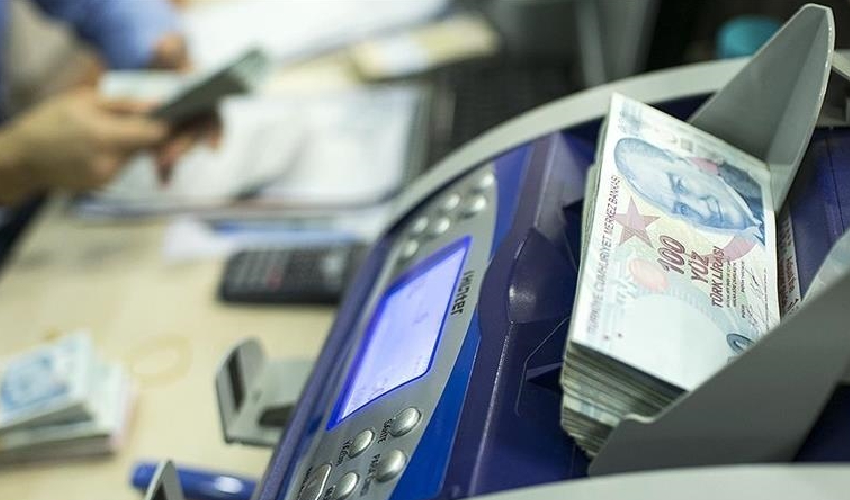
Efforts to strengthen economy and trade
Through the Revitalization of Micro, Small and Medium Enterprises Project, SMEs can receive support of up to TL 750,000 based on the extent of damage. In collaboration with the World Bank, a total of $450 million has been allocated to assist enterprises.
As of now, a sum of TL 12.8 billion has been disbursed to 39,680 enterprises as part of support payments. Furthermore, businesses affected by the earthquake have been able to access rapid financing of up to TL 1.5 million. The 2023 Earthquake Emergency Support Loan has provided a total credit volume of 2.37 billion TL to 6,924 enterprises.
Efforts have been undertaken to direct programs for regional development and internationally funded projects to the provinces affected by the disaster. A total of TL 2.25 billion has been allocated to 192 projects in these areas.
In addition, a grand total of TL 14.15 billion in agricultural support payments has been distributed to farmers. Livestock producers with agricultural insurance have received TL 37 million in state-subsidized damage compensation for their perished animals, and free animals have been provided to breeders whose livestock suffered losses.
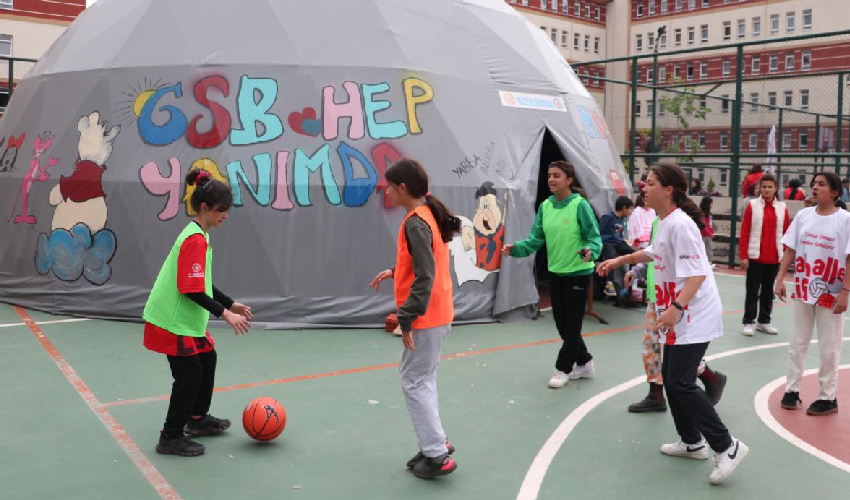
Activities in education, culture, and sports
Within the Ministry of Youth and Sports, mental health specialists, trainers, coaches, and volunteers conducted 5,533 activities across 81 provinces to offer social support to people of all ages affected by the earthquake. A total of 420,236 individuals received psychosocial support. Additionally, a variety of activities and trainings, including personal development, sports, arts, and science, were held at youth centers in the region, benefiting 1,305,539 children and youth through 62,410 activities.
Furthermore, ongoing projects in the earthquake zone include the development of seven student dormitories with a combined capacity of 6,293 people. The Ministry of National Education has also planned the construction of 22,039 classrooms in 11 provinces, with a total project cost of TL 62.6 billion for repairing educational buildings and opening new classrooms. Currently, 2,571 classrooms have been completed and put into service, while approximately 45,000 classrooms were repaired and made available for use in the 11 provinces affected by the earthquake.
Source: Newsroom



